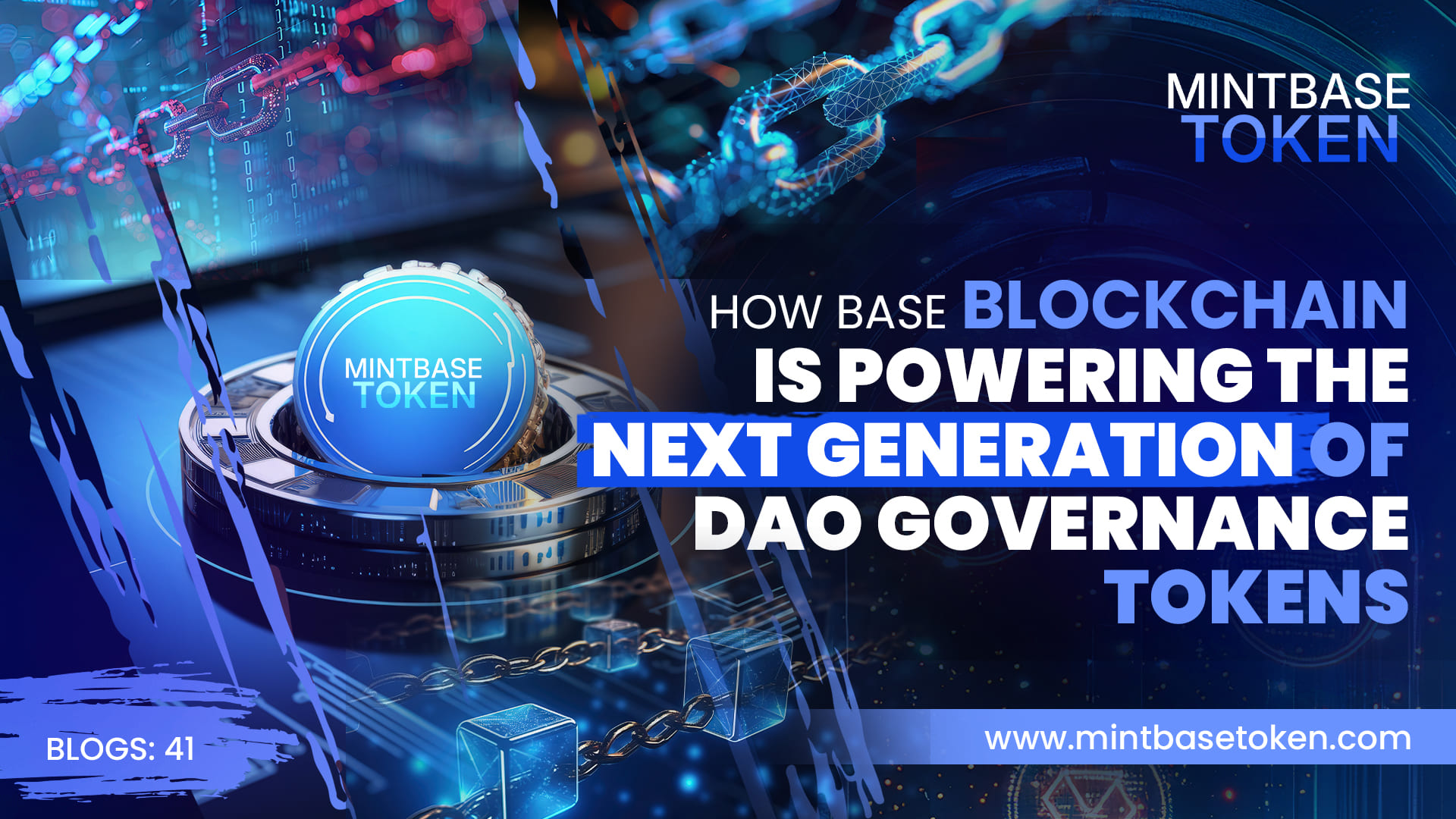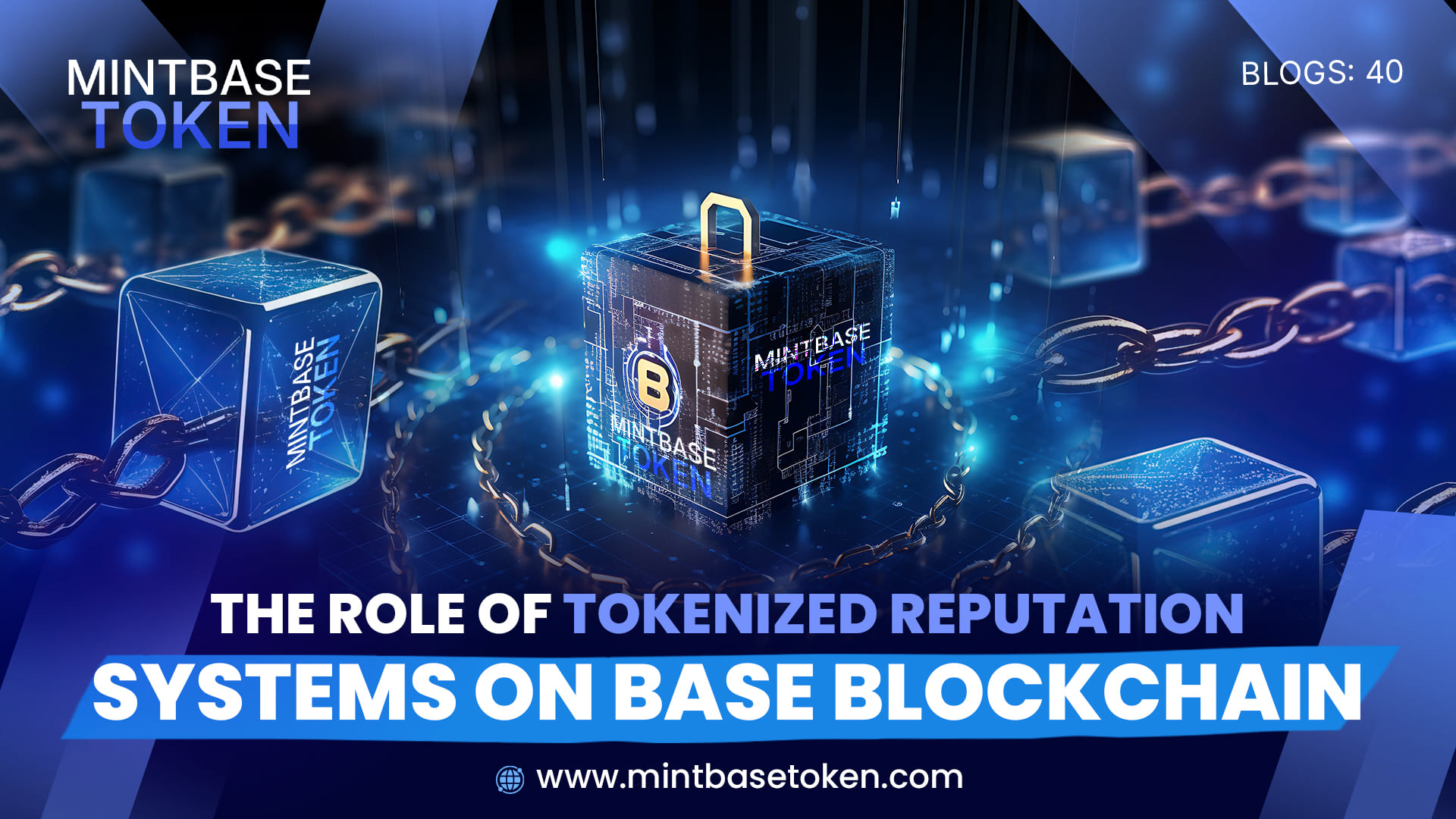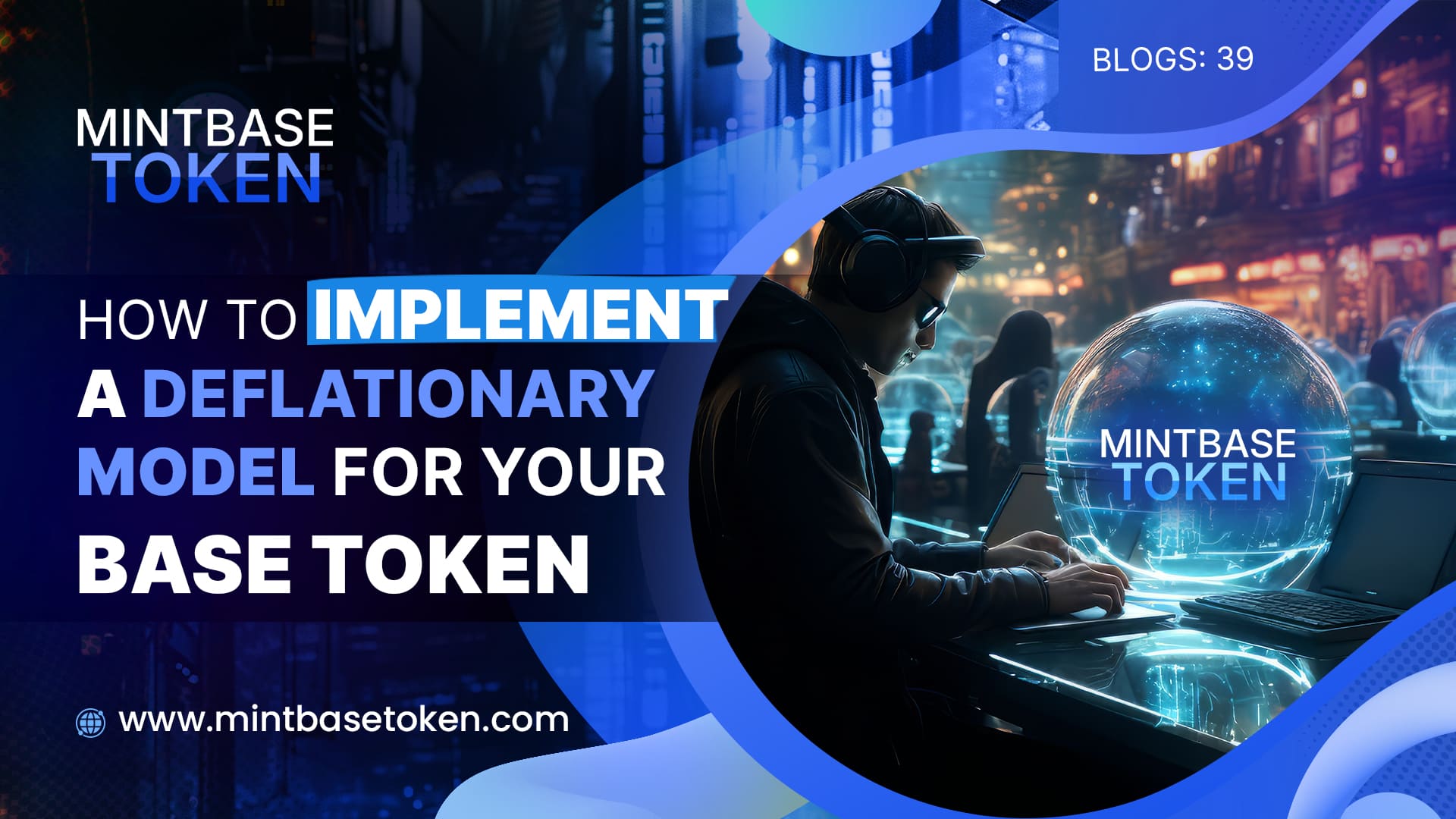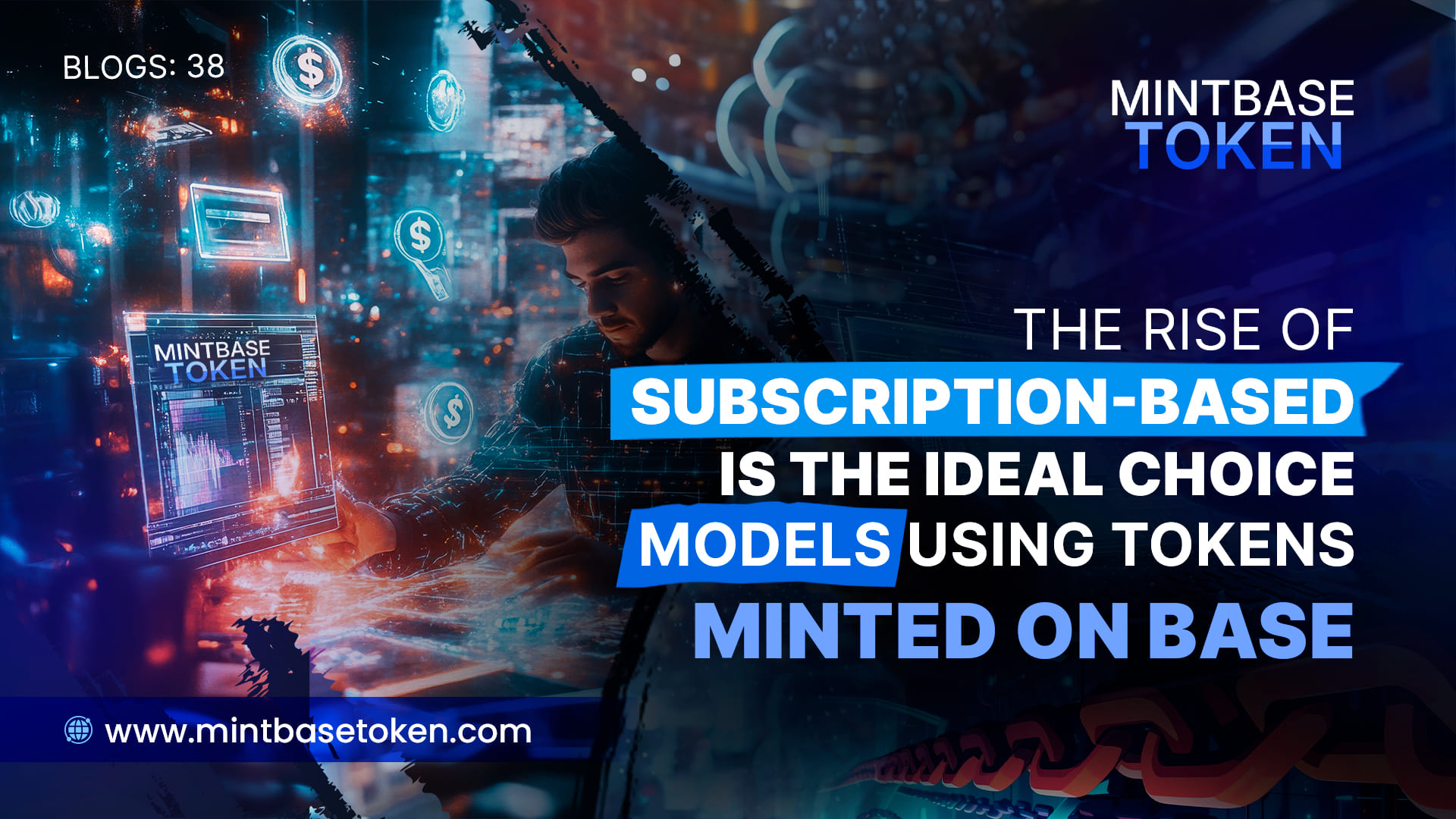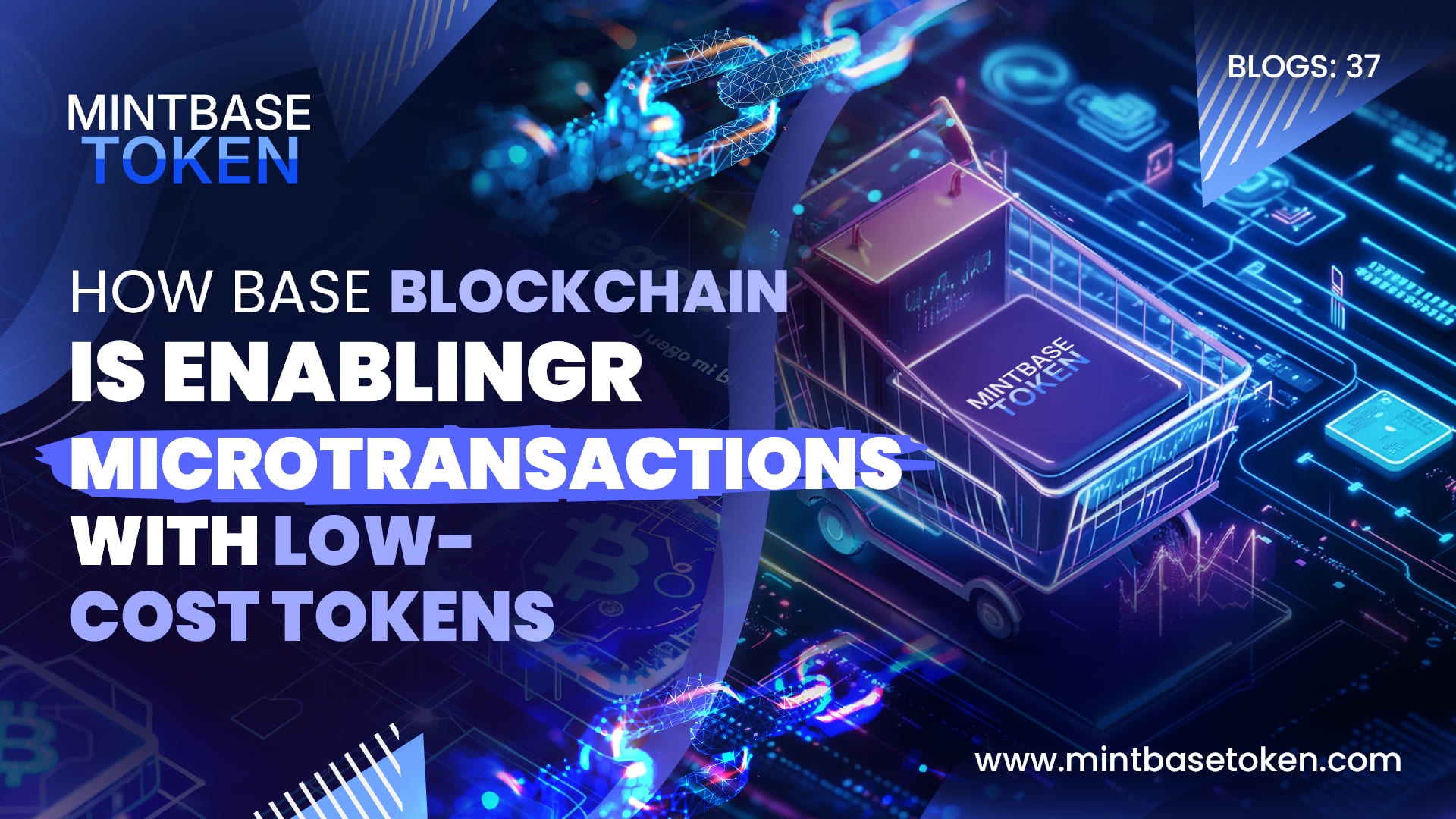November 4, 2024
How Tokenization on Base is Transforming Digital Assets
The advent of blockchain technology has revolutionized the way we perceive and interact with digital assets. Tokenization, the process of converting assets into digital tokens on a blockchain, is at the forefront of this transformation. The Base blockchain is emerging as a powerful platform for tokenization, offering unique features that enhance security, efficiency, and accessibility. This article explores how tokenization on Base is transforming digital assets and what it means for investors, developers, and the broader financial ecosystem.
1. Understanding Tokenization and Its Significance
Tokenization involves representing real-world or digital assets as tokens on a blockchain. These tokens can represent anything from commodities and real estate to intellectual property and digital collectibles.
- Fractional Ownership: Tokenization allows assets to be divided into smaller units, enabling fractional ownership and lowering the barrier to entry for investors.
- Increased Liquidity: By enabling assets to be traded on blockchain platforms, tokenization enhances liquidity and market accessibility.
- Enhanced Transparency: Blockchain’s immutable ledger provides a transparent record of all transactions, increasing trust among participants.
2. Why Base Blockchain Is Ideal for Tokenization
The Base blockchain offers several advantages that make it an ideal platform for tokenizing digital assets.
- High Scalability: Base can handle a large number of transactions per second, ensuring smooth and efficient operations even during high-demand periods.
- Low Transaction Fees: Affordable fees make it cost-effective to tokenize and trade assets, attracting a wider range of participants.
- Robust Security: Advanced security protocols protect assets from fraud and cyber threats.
3. Transforming Various Asset Classes
a. Real Estate
Tokenization on Base allows real estate properties to be divided into tokens, enabling investors to purchase fractions of properties.
- Accessibility: Small investors can participate in real estate markets previously inaccessible due to high capital requirements.
- Global Reach: Investors from around the world can invest in tokenized properties, broadening the market.
b. Art and Collectibles
Unique artworks and collectibles can be tokenized as non-fungible tokens (NFTs) on Base.
- Provenance Tracking: Blockchain records ensure the authenticity and ownership history of artworks.
- New Revenue Streams: Artists can receive royalties from secondary sales through smart contracts.
c. Financial Instruments
Traditional financial instruments like stocks and bonds can be tokenized, enhancing liquidity and accessibility.
- 24/7 Trading: Unlike traditional markets, tokenized assets can be traded around the clock.
- Reduced Settlement Times: Blockchain transactions settle faster than traditional methods, improving efficiency.
4. Enhancing Decentralized Finance (DeFi)
Tokenization on Base is driving innovation in the DeFi sector.
- Collateralization: Tokenized assets can be used as collateral for loans, expanding borrowing opportunities.
- Yield Farming: Users can earn rewards by providing liquidity to DeFi protocols using tokenized assets.
- Derivatives and Synthetic Assets: Creation of complex financial products that mirror the value of real-world assets.
5. Benefits for Developers and Businesses
Developers and businesses can leverage Base for tokenization to unlock new opportunities.
- Customizable Tokens: Create tokens with specific features tailored to various use cases.
- Smart Contract Integration: Automate processes like dividend distribution and compliance checks.
- Interoperability: Base supports cross-chain interactions, enabling tokens to interact with other blockchain ecosystems.
6. Regulatory Compliance and Security
Tokenization on Base adheres to regulatory standards, ensuring legal compliance.
- Compliance Protocols: Incorporate KYC/AML procedures to meet legal requirements.
- Secure Asset Custody: Utilize smart contracts to enforce ownership rights and protect assets.
7. Challenges and Solutions
While tokenization offers numerous benefits, it also presents challenges.
Challenges:
- Regulatory Uncertainty: Navigating different jurisdictions can be complex.
- Market Adoption: Convincing traditional investors to embrace tokenized assets.
Solutions:
- Legal Consultation: Work with legal experts to ensure compliance across regions.
- Education and Outreach: Provide resources to educate investors about the benefits of tokenization.
8. Case Studies
a. Tokenized Real Estate Platform
A platform using Base has successfully tokenized commercial properties, allowing investors to own fractions of high-value assets.
b. Art Marketplace
Artists are leveraging Base to tokenize their work as NFTs, reaching global audiences and ensuring royalty payments.
Conclusion
Tokenization on the Base blockchain is revolutionizing the way we interact with digital assets. By enhancing accessibility, liquidity, and security, Base is unlocking new possibilities across various industries. Whether you’re an investor looking to diversify your portfolio, a developer seeking innovative solutions, or a business aiming to modernize operations, tokenization on Base offers a powerful platform to achieve your goals. As the technology continues to evolve, we can expect tokenization to play an increasingly significant role in shaping the future of digital assets.

